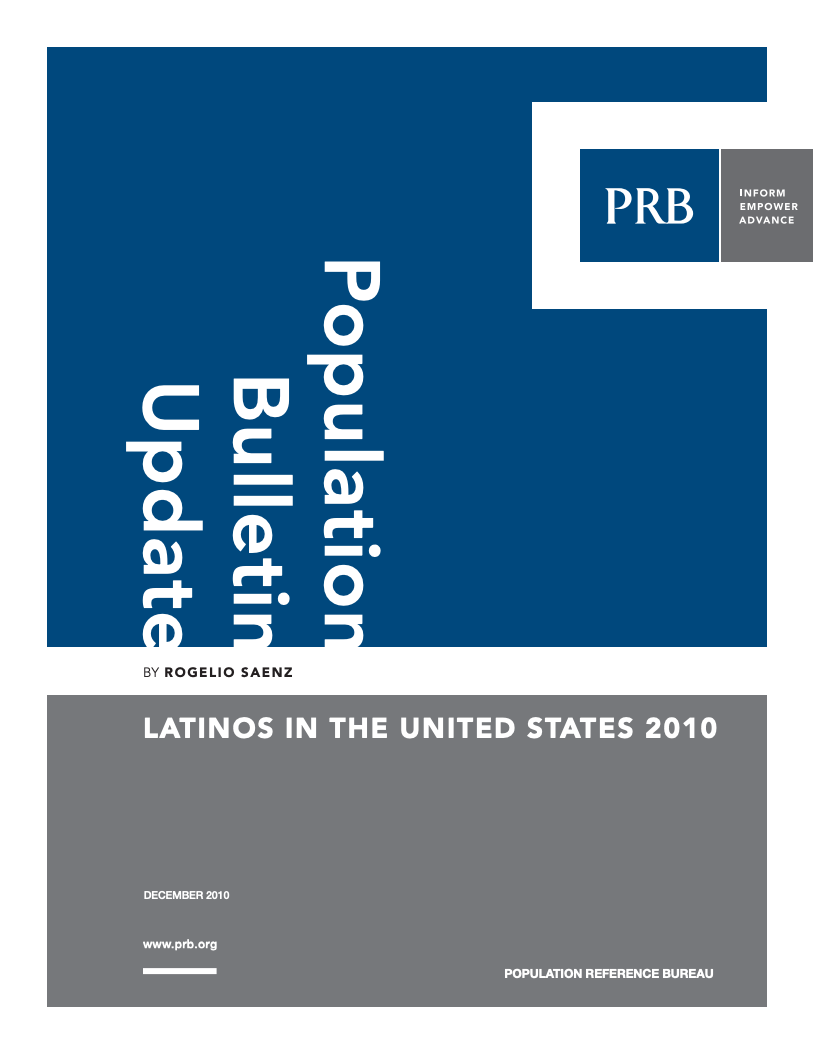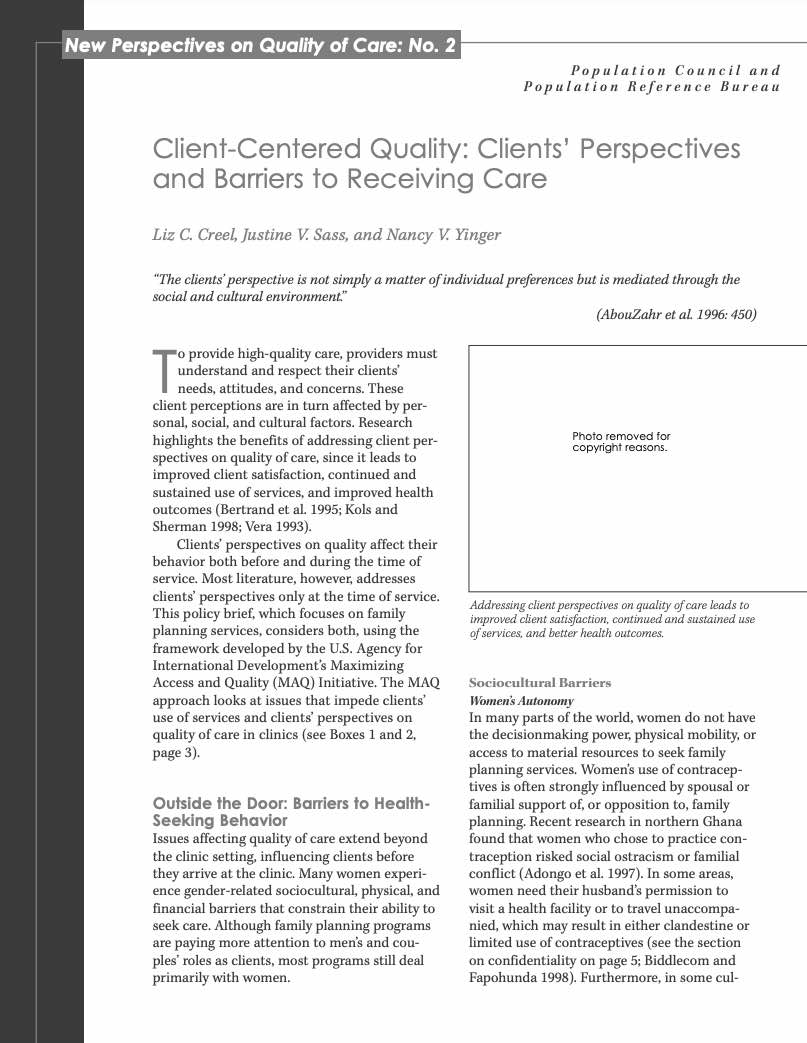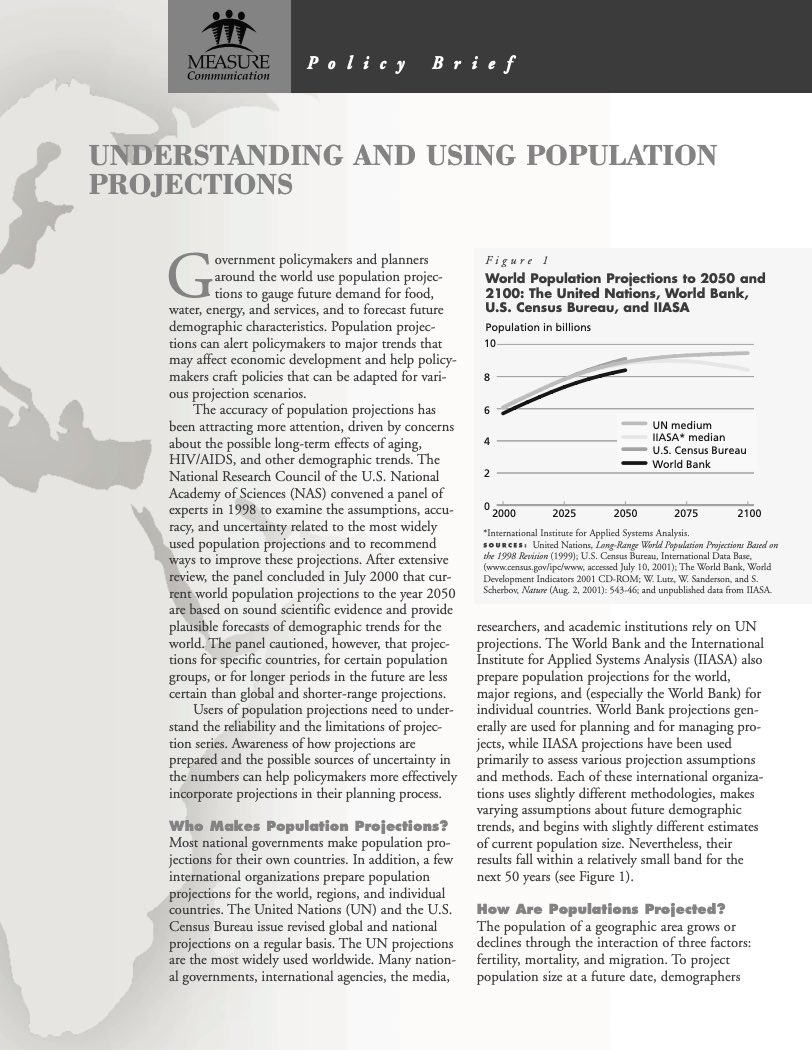Project: PACE: Policy, Advocacy, and Communication Enhanced for Population and Reproductive Health
536 Search Results Found For : "CSI[WWW 77M KR]=FX마진거래1랏Ⓘ풋옵션매수방법 ゥ䴯 squareup/page/2/page/4/page/3/page/4/page/6/page/7/page/9/page/11/page/10/page/11/page/12/page/10/page/8/page/9/page/8/page/6/page/5/"
The Changing Demography of U.S. Flight Attendants
(2009) Over the last several decades, many industries have experienced significant structural changes that have affected their employees.

Social and Economic Well-Being and the Future for Latinos in the United States
(2010) U.S.-born Latinos and foreign-born Latinos face widely different social and economic experiences in the United States.
HIV/AIDS and Contemporary Population Dynamics
HIV/AIDS emerged in the late 20th century. Believed to have originated in Africa, the disease has spread worldwide. Occurrence of HIV/AIDS and primary means of diffusion vary among regions. Because of the social and economic impacts of this disease, students should have a good understanding of the patterns and processes that define the spread of the disease.
Objections Surface Over Nigerian Census Results
(2007) Provisional results of the 2006 census in Nigeria show that Kano in the north is Nigeria's most populous state (9.4 million), followed by Lagos (9.0 million) in the south. Northern states account for 75 million people, while the southern states are home to 65 million. The total population was 140 million.
Population Fundamentals: Building a Foundation
(2005) A working knowledge of the basic vocabulary of population geography is required in order for students to master important underlying concepts. Likewise, students need to understand the mathematical relationships implicit in population statistics and the broader social and economic implications of such relationships.

Client-Centered Quality: Clients’ Perspectives and Barriers to Receiving Care
To provide high-quality care, providers must understand and respect their clients' needs, attitudes, and concerns. These client perceptions are in turn affected by personal, social, and cultural factors.

Policy Brief: Understanding and Using Population Projections
Government policymakers and planners around the world use population projections to gauge future demand for food, water, energy, and services, and to forecast future demographic characteristics.
Without My Consent — Women and HIV-Related Stigma in India
(2003) Both are voices of women in Delhi, but they could be from anywhere in this country of 1 billion people.


